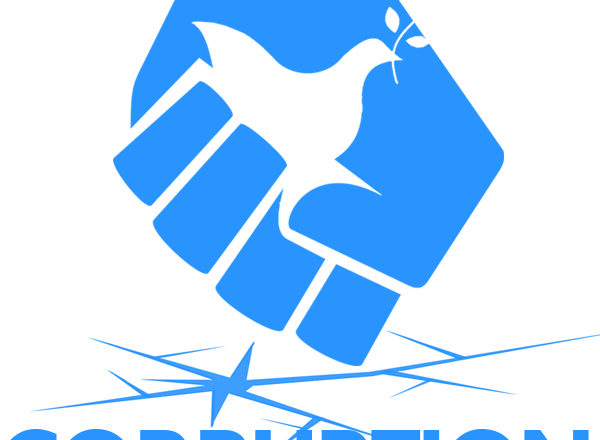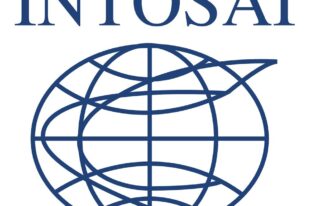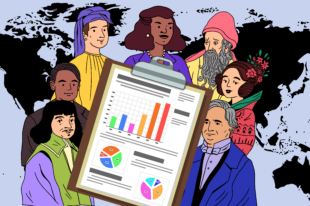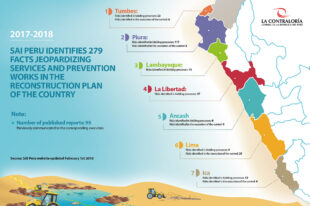Eradicating Corruption: Measuring, Monitoring SDG Progress

[cmsmasters_row data_padding_bottom_mobile_v=”0″ data_padding_top_mobile_v=”0″ data_padding_bottom_mobile_h=”0″ data_padding_top_mobile_h=”0″ data_padding_bottom_tablet=”0″ data_padding_top_tablet=”0″ data_padding_bottom_laptop=”0″ data_padding_top_laptop=”0″ data_padding_bottom=”50″ data_padding_top=”0″ data_bg_parallax_ratio=”0.5″ data_bg_size=”cover” data_bg_attachment=”scroll” data_bg_repeat=”no-repeat” data_bg_position=”top center” data_color=”default” data_bot_style=”default” data_top_style=”default” data_padding_right=”3″ data_padding_left=”3″ data_width=”boxed” data_shortcode_id=”05ywsmc5rh”][cmsmasters_column data_width=”1/2″ data_animation_delay=”0″ data_border_style=”default” data_bg_size=”cover” data_bg_attachment=”scroll” data_bg_repeat=”no-repeat” data_bg_position=”top center” data_shortcode_id=”vhqct2l23f”][cmsmasters_image shortcode_id=”4hoqhcvu1i” align=”center” link=”http://intosaijournal.org/wp-content/uploads/2019/04/INTOSAI-Journal-Spring-2019_31.jpg” animation_delay=”0″]19011|http://intosaijournal.org/wp-content/uploads/2019/04/INTOSAI-Journal-Spring-2019_31-580×751.jpg|cmsmasters-project-masonry-thumb[/cmsmasters_image][/cmsmasters_column][cmsmasters_column data_width=”1/2″ data_shortcode_id=”rpv1z9m5u”][cmsmasters_image shortcode_id=”3vsug508w” align=”center” link=”http://intosaijournal.org/wp-content/uploads/2019/04/INTOSAI-Journal-Spring-2019_32.jpg” animation_delay=”0″]19012|http://intosaijournal.org/wp-content/uploads/2019/04/INTOSAI-Journal-Spring-2019_32-580×751.jpg|cmsmasters-project-masonry-thumb[/cmsmasters_image][/cmsmasters_column][/cmsmasters_row][cmsmasters_row data_padding_bottom_mobile_v=”0″ data_padding_top_mobile_v=”0″ data_padding_bottom_mobile_h=”0″ data_padding_top_mobile_h=”0″ data_padding_bottom_tablet=”0″ data_padding_top_tablet=”0″ data_padding_bottom_laptop=”0″ data_padding_top_laptop=”0″ data_padding_bottom=”50″ data_padding_top=”0″ data_bg_parallax_ratio=”0.5″ data_bg_size=”cover” data_bg_attachment=”scroll” data_bg_repeat=”no-repeat” data_bg_position=”top center” data_color=”default” data_bot_style=”default” data_top_style=”default” data_padding_right=”3″ data_padding_left=”3″ data_width=”boxed” data_shortcode_id=”f6dx6qhqyk”][cmsmasters_column data_width=”1/1″ data_animation_delay=”0″ data_border_style=”default” data_bg_size=”cover” data_bg_attachment=”scroll” data_bg_repeat=”no-repeat” data_bg_position=”top center” data_shortcode_id=”6vb2r0fuqg”][cmsmasters_notice shortcode_id=”yvqv0ctzv” type=”cmsmasters_notice_download” animation_delay=”0″]
Click here to download full article (pdf)
[/cmsmasters_notice][/cmsmasters_column][/cmsmasters_row][cmsmasters_row][cmsmasters_column data_width=”1/1″][cmsmasters_text]
by Gunarwanto and Dedy Eryanto, Audit Board of the Republic of Indonesia
Introduction
In September 2015, nearly all United Nations (UN) member countries committed to the 17 Sustainable Development Goals (SDGs)—global goals created to steer policy making and development funding until 2030. Each goal is comprised of targets, and each target is further refined through one or two indicators designed to measure progress. Though global targets and indicators have been established for each goal, to what extent are they relevant and achievable?
This article highlights SDG16—promote peaceful and inclusive societies for sustainable development, provide access to justice for all and build effective, accountable and inclusive institutions at all levels—paying particular emphasis to eradicating corruption and the ability to measure and monitor progress using a first-hand, real-world perspective.
Combating corruption, as outlined in SDG16, should be viewed as a keystone element to all SDG agendas. In 2017, Transparency International estimated more than 900 million people in the Asia-Pacific region alone paid bribes to access basic services like health care and education. This statistic illustrates additional complexities in achieving SDG3 (better health care) and SDG4 (better education) and demonstrates the pervasive threat corruption has on the entire SDG program.
Measuring Progress
SDG 16 contains 12 targets, one of which, target 16.5, focuses on corruption and bribery, calling upon nations to “substantially reduce corruption and bribery in all forms.” Target 16.5 contains two indicators to gauge progress:
- 16.5.1: Proportion of persons who had at least one contact with a public official and who paid a bribe to a public official, or were asked for a bribe by those public officials, during the previous 12 months.
- 16.5.2: Proportion of business that had at least one contact with a public official and that paid a bribe to a public official, or were asked for a bribe by those public officials during the previous 12 months.
The target seems quite broad and ambitious in its attempt to minimize all types of corruption. Meanwhile, the assigned indicators are, perhaps, too narrow, as (1) bribery is only one type of corruption; (2) current measurement criteria may only capture a small portion of the population; and (3) cultural and personal context and definitions can result in significant dissimilarities. These factors make monitoring any real progress extremely difficult.
Monitoring Progress
Data availability and objectivity represent two key aspects that making monitoring SDG16 progress next to impossible. Data is a crucial component to proving a program’s success. Normally, a target contains specific criteria and indicators acting as parameters to compare reality (real facts) to the objective. Data meeting indicator requirements means the program is successful (and vice versa). However, evaluating progress is impossible when there is no data available. Moreover, subjective data can be misleading.
The Institute for Economics and Peace believes this is the case for SDG16, citing, as of 2017, “Currently, there is not enough official data or statistical capacity available at the national level to properly measure SDG16 in a cross-country comparable way.”
By its very nature, corruption is a complex phenomenon with many dimensions that takes on many forms and usually occurs behind closed doors. Even when data is available, obtaining objective data represents a significant obstacle.
Some SDGs are also, inherently, multidimensional and cannot be measured using one or two indicators. Target 16.5 seeks a substantial reduction in corruption and bribery in all forms, but the approved global indicators measure bribery only between public officials and the public or businesses. There are no indicators to measure corruption within or between governments or other forms of non-governmental corruption.
The Indonesian Context
The Government of Indonesia (GOI) generally applies a strong SDG commitment to national development priorities. Yet, implemented regulations have not yet significantly reduced corrupt practices primarily because the current political system gives rise to businesses and political actors to practice corrupt behavior, such as candidates seeking election for public office who require campaign funding from third party sources.
Indonesia established a Corruption Eradication Commission that has uncovered some bribery cases originating from monetary support to campaigns. However, such detection is limited, since officials successful in bids for public office can simply provide kickbacks in the form of preferential treatment, which is a difficult trail to unearth, follow and source.
In terms of SDG Preparedness in Indonesian national policy coherence and integrity, the Audit Board of the Republic of Indonesia (BPK RI), the nation’s Supreme Audit Institution, noted two key findings:
- GOI has difficulty making clear, vertical integration between central and local governments simultaneously due to varying public election periods. This creates a risk of intermittent policy and coherence at each governmental layer; and
- Most government agencies still perform using a silo mentality in budget execution, which causes coordination and monitoring concerns and results in a lack of data precision.
Indonesia’s experience in combating corruption provides some valuable lessons learned in improving SDG implementation. As SDG implementation progresses, additional indicators relating to corruption eradication should be considered, particularly given the inadequacy of current measurements to demonstrate progress in such a broad target.
[/cmsmasters_text][/cmsmasters_column][/cmsmasters_row]





